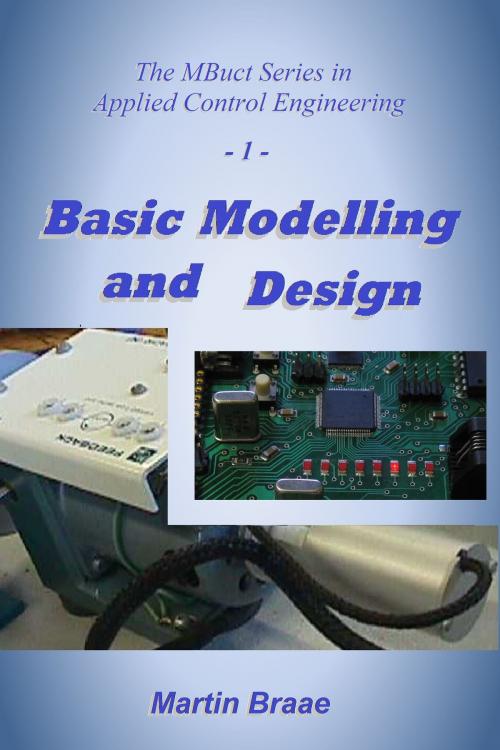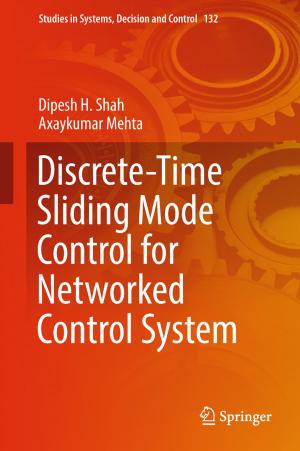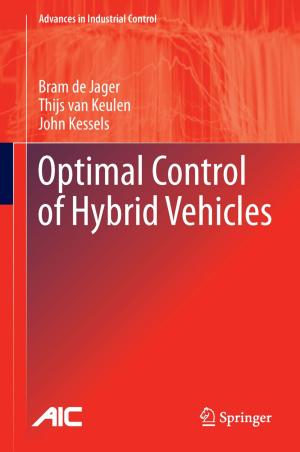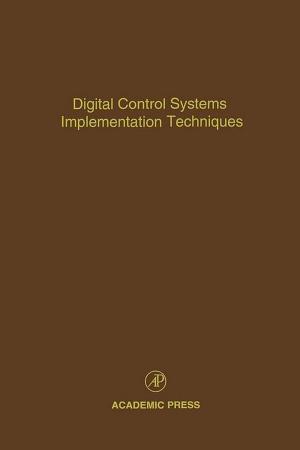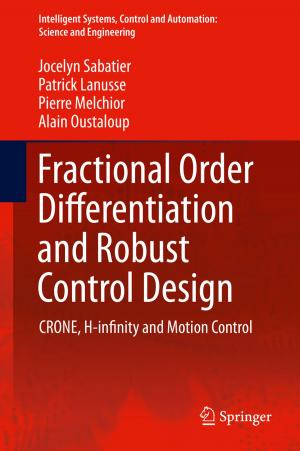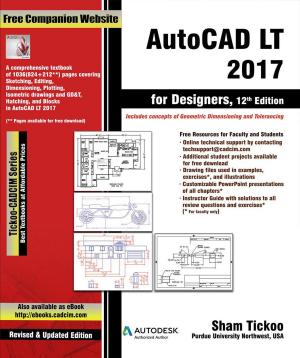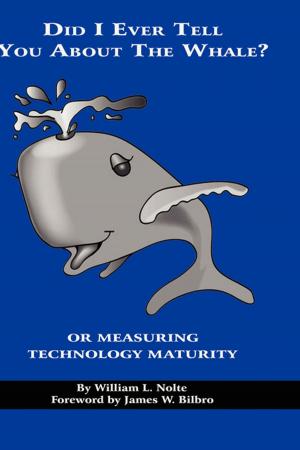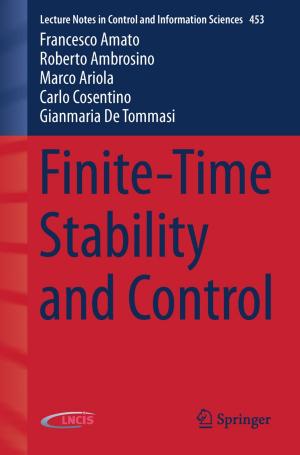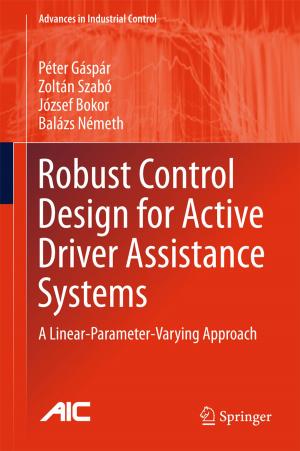| Author: | Martin Braae | ISBN: | 9781311281005 |
| Publisher: | Martin Braae | Publication: | March 14, 2016 |
| Imprint: | Smashwords Edition | Language: | English |
| Author: | Martin Braae |
| ISBN: | 9781311281005 |
| Publisher: | Martin Braae |
| Publication: | March 14, 2016 |
| Imprint: | Smashwords Edition |
| Language: | English |
This engineering textbook is the first in a series on Applied Control Engineering. It introduces the subject of Control Engineering with minimal mathematics in order to focus on its engineering aspects. This is intended to highlight key features of this ubiquitous branch of engineering that have made control engineering so versatile and valuable in numerous industrial applications. Starting with the simple example of speed control of an electric motor the roles of engineering, mathematics and science, blended with the art of approximate reasoning, are put in pragmatic perspective to reveal “The Control Engineering Way”. The initial elemental mathematical model is then modified to allow abstraction of dynamic systems in general. Finally the approach adopted to model the dynamics of large plants in the mineral extraction industries is discussed. Such multi-input-multi-output models are essential to the design of multivariable control systems that have a proven track record of significantly enhancing plant performance.
This engineering textbook is the first in a series on Applied Control Engineering. It introduces the subject of Control Engineering with minimal mathematics in order to focus on its engineering aspects. This is intended to highlight key features of this ubiquitous branch of engineering that have made control engineering so versatile and valuable in numerous industrial applications. Starting with the simple example of speed control of an electric motor the roles of engineering, mathematics and science, blended with the art of approximate reasoning, are put in pragmatic perspective to reveal “The Control Engineering Way”. The initial elemental mathematical model is then modified to allow abstraction of dynamic systems in general. Finally the approach adopted to model the dynamics of large plants in the mineral extraction industries is discussed. Such multi-input-multi-output models are essential to the design of multivariable control systems that have a proven track record of significantly enhancing plant performance.
